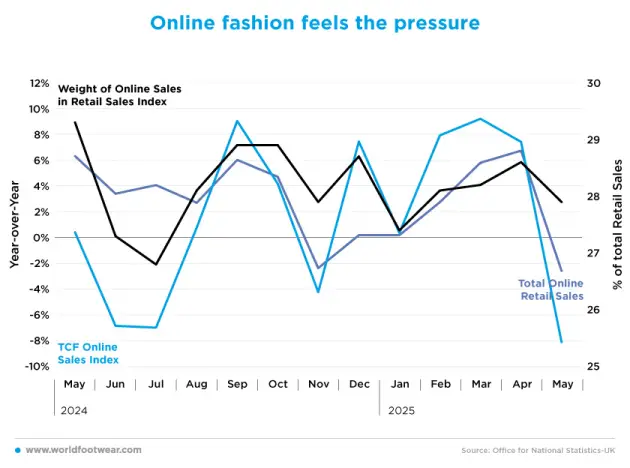Fresh data released by the Commerce Department shows that retail sales were weaker than expected in July, raising new concerns about the health of the U.S. consumer and the broader economy.
Table of Contents
The report indicated that sales were flat compared to the previous month, missing economists’ forecasts for a modest increase. The disappointing figures suggest that high inflation and rising interest rates are beginning to take a more significant toll on household spending.
Consumer spending is the primary engine of the U.S. economy, so any signs of a slowdown are watched closely by policymakers and investors alike. This report could influence the Federal Reserve’s thinking on the path of future rate hikes as it assesses the impact of its policies on economic activity.
🛒 Where Consumers are Pulling Back
The headline number was dragged down by declines in several key categories. The data reveals a clear shift in spending patterns as consumers prioritize needs over wants in the face of budget pressures.
Specific areas of weakness included:
- Electronics and Appliance Stores: Sales in this category saw a notable drop, indicating that consumers are postponing big-ticket purchases.
- Furniture and Home Goods: Spending on home furnishings also declined, consistent with a cooling housing market.
- General Merchandise Stores: This category, which includes department stores, also posted a decline.
One of the few bright spots in the report was spending at restaurants and bars, which saw a slight increase, suggesting that consumers are still willing to spend on experiences, even as they cut back on goods.
Inflation and Its Impact
It is important to note that the retail sales figures are not adjusted for inflation. Since the report showed flat sales during a month when prices were still rising, it means that the actual volume of goods purchased by consumers declined. This is a critical detail that points to a real slowdown in consumption.
Consumers are being forced to spend more to get less. The combination of high prices for essentials like food and gasoline, along with higher borrowing costs for mortgages and credit cards, is squeezing household budgets and leaving less room for discretionary spending.
🔮 Outlook for the Economy
The weak retail sales report adds to a mixed picture of the U.S. economy. While the labor market has remained strong, other indicators, like the housing market and now consumer spending, are showing clear signs of cooling. This report will provide ammunition for those who believe the Federal Reserve should slow down its pace of interest rate increases to avoid tipping the economy into a recession.
Economists will be closely watching the next round of spending and inflation data to see if this slowdown is a temporary blip or the beginning of a more sustained trend.

